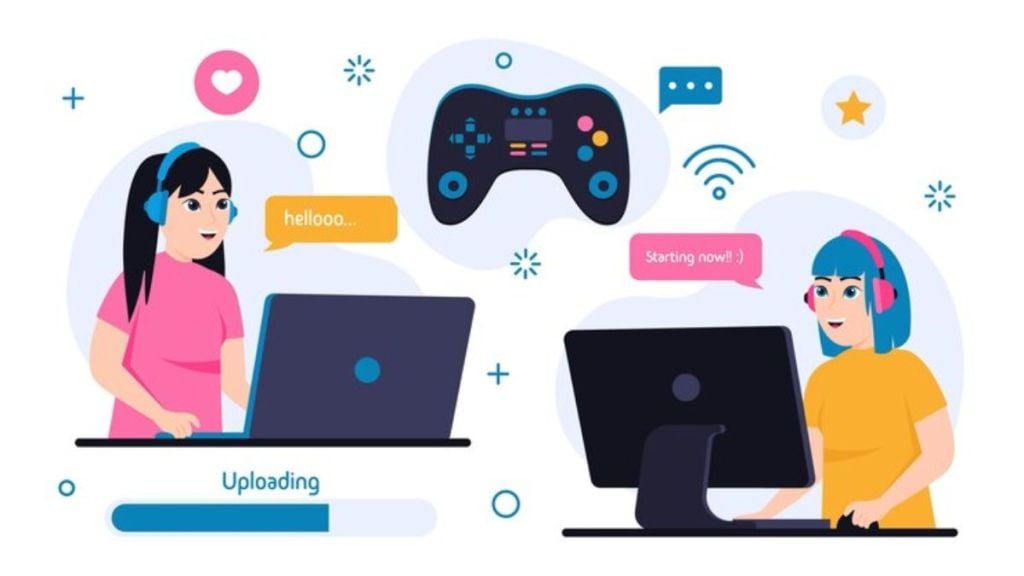Playing any sport or game has always been part of teaching and learning. Teachers and stakeholders have always opined, that playing games with friends helps to build strong characters of students. But in present times, with the advent of newer technologies, the definition of gaming has been modified. With affordable internet and smartphones, digital natives have been playing online games with friends. Interestingly, this phenomenon is believed to have changed the way of education too.
The impact of gamification in education can be understood from the market size itself. The education gamification market was expected to grow from $93 million in 2015 to $1.5 billion in 2020, according to a report published in 2016 by market research firm Statista. As of June 2020, 28% of parents in the United Kingdom have agreed that playing video games has helped with their children’s education or schooling. Overall 20% of European parents of six to 10-year-olds reported the same thing. In this article, BrandWagon Online takes a look at how gamification of education help students grow.
Benefits of gaming in education
Games seem to be a tool to transform the learning experience by providing interactive scenarios that enhance the problem-solving skills and adaptive thinking of students. For example, simulation games can challenge students with real-life problems and allow them to experiment and learn in a virtual environment. Other than simulation games, there have been language-learning games too which help players think critically and solve problems. Moreover, it is believed that gaming in education can enhance the engagement of students with a particular educational subject.
Examples of successful implementations
Kahoot!: Kahoot! seem to have transformed quizzes into competitive games. In November 2023, the global learning and engagement platform announced that over 10 billion non-unique participants across 200 countries and regions have played Kahoot since its launch.
Classcraft: This platform seems to transform classroom management into a role-playing game where students are rewarded with game points for positive behaviour and academic achievements. It is also claimed that one out of three schools in the US has a teacher using Classcraft. This environment is believed to encourage collaboration and personal responsibility among students.
Minecraft: Education Edition: Minecraft’s educational version allows students to delve into historical events and solve mathematical problems. It also encourages players to engage in collaborative projects within a virtual sandbox. It is reported that, more than 35 million students and teachers are licensed to play Minecraft: Education Edition across 115 countries.
Future is here
The inclusion of gaming into education is no more a myth or experiment. It seems to be a strategic imperative. With the emergence of newer technologies, it is believed that more innovation will leverage games for learning. Ensuring the quality of educational games, striking the perfect balance between fun and learning and availability of adequate teachers seem to be crucial in this regard.


